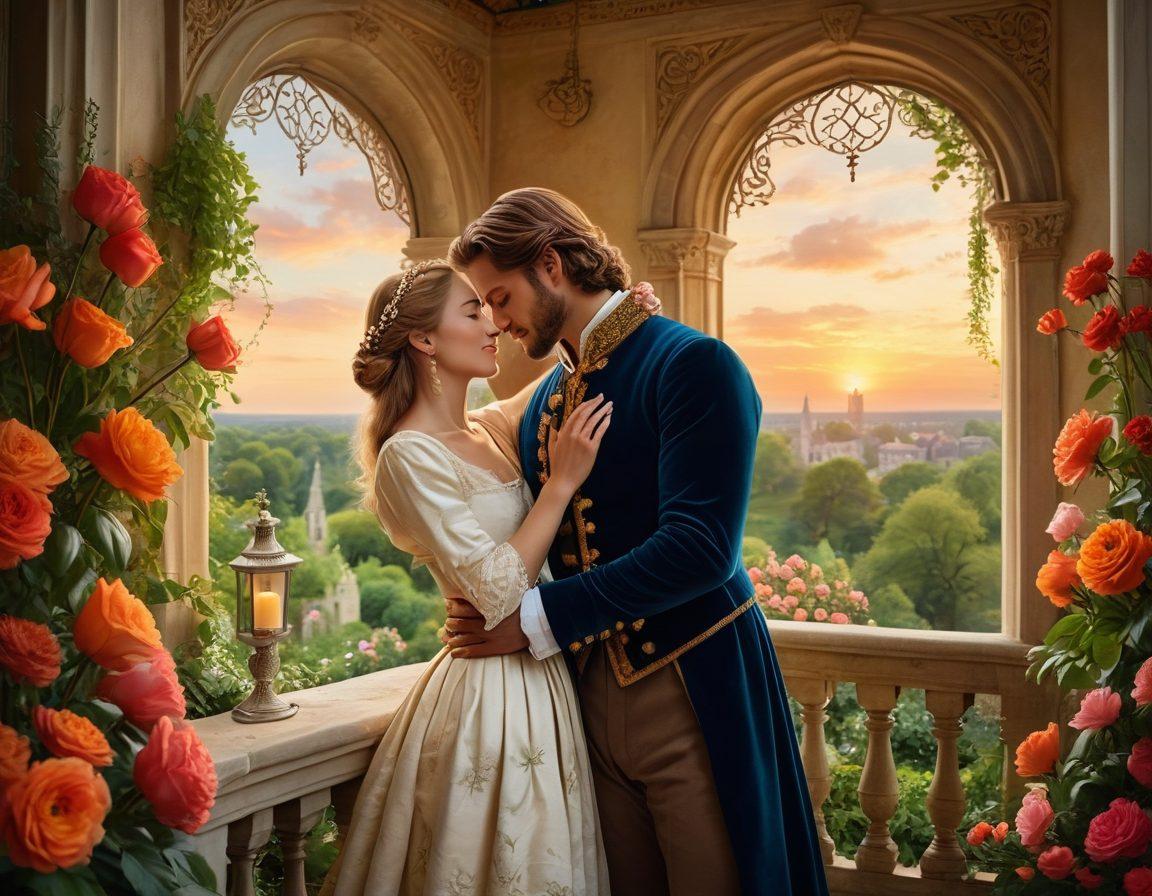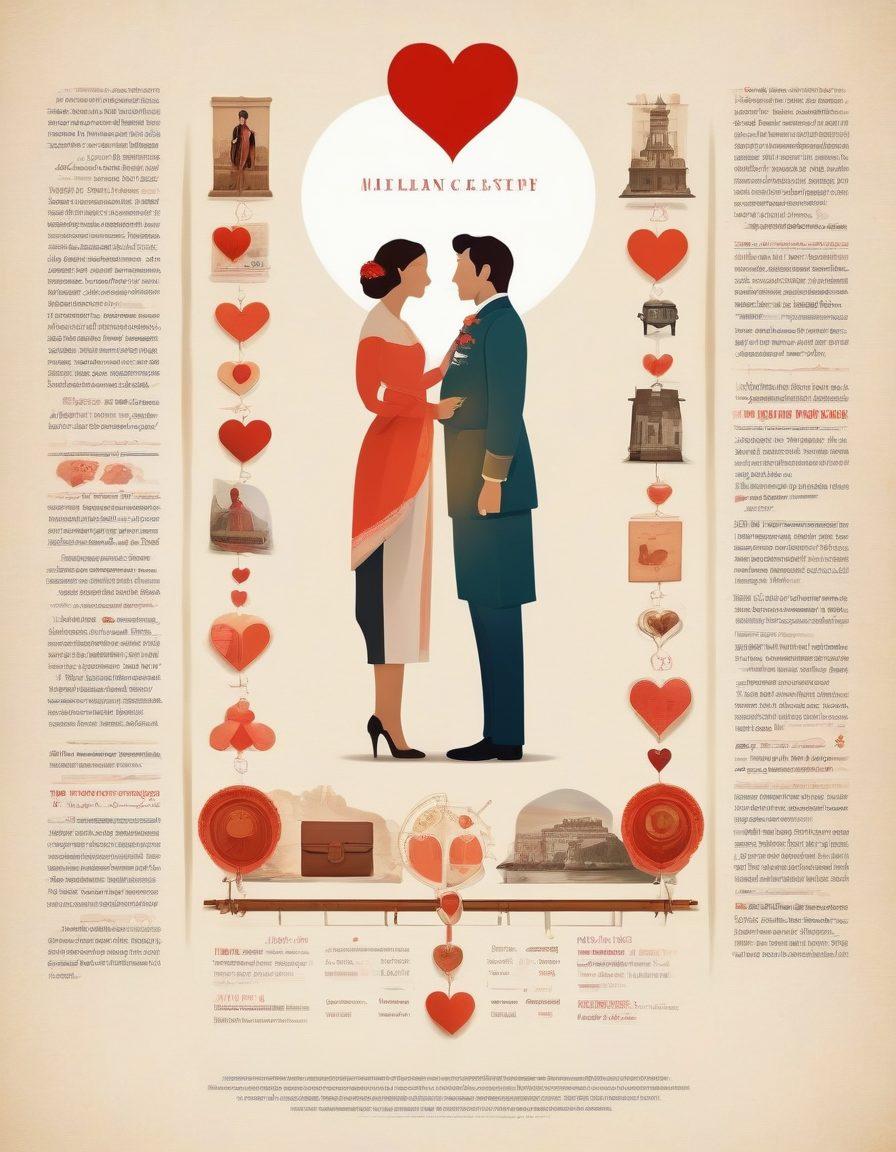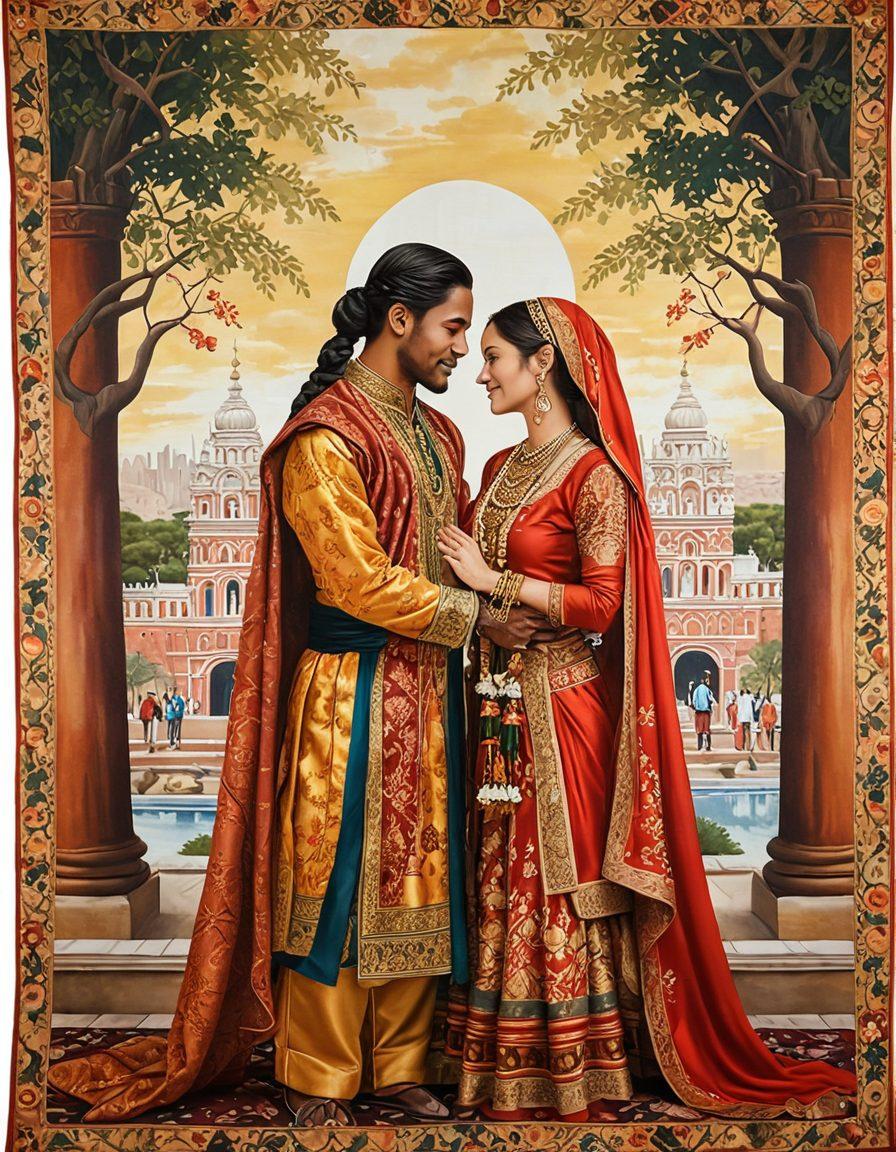Timelines of Love: Exploring Historical Romance and Relationships Through the Ages
Love, in all its splendid forms, has been a enduring thread woven through the fabric of human history. As we journey through time, from ancient civilizations to modern society, we uncover the rich tapestry of love stories that have shaped our collective existence. Each era offers its own unique blend of romance and affection, echoing the sentiments of love and relationships that transcend time and cultural borders. Whether it’s the passionate poems of ancient Greece or the courtly love depicted in medieval literature, the timeline of relationships encapsulates an intimate history that connects us to our past and influences our present. How did our ancestors express their love? What lessons can we learn from their historical narratives?
To truly appreciate the legacy of love, we must dive deep into historical romance, exploring how dating culture has evolved over time. In ancient Rome, love was often entwined with strategic alliances, whereas the Renaissance brought about romance fueled by literature and art. As sociocultural history reveals, the romantic literature of the time did more than entertain; it painted an idealized vision of love that people aspired to achieve. How did these evolving notions of romance inform the way relationships developed? Through the lens of love stories, we can trace the changing dynamics of intimacy that shaped society, challenge conventions, and redefine affection across generations.
Moreover, as we delve further into love across ages, we find that different cultures have unique love traditions that enrich our understanding of human connection. In the Victorian era, for instance, courtship was a carefully orchestrated dance that upheld strict societal norms. For many, the very act of dating became a reflection of one's status and reputation. Comparing historical love tales from various cultures deepens our appreciation for this rich cultural heritage: in some societies, matchmaking is ingrained in community life while in others, love is declared through art and poetry. What do these practices tell us about the significance of romance in shaping social values?
As we revisit historical events, we also uncover stories of love that defied the odds and stood the test of time. The tales of star-crossed lovers, revolutionary figures united by passion, and families torn apart by societal expectations remind us that love is often a battlefield of emotions. Each of these historical love stories offers a glimpse at understanding human nature and the complex interplay of love and conflict. What can we learn from these stories about resilience and the power of relationships in times of adversity?
In closing, our ancestors’ tales are not merely remnants of the past; they lay a profound foundation for our contemporary understanding of love and relationships. By reflecting on the evolution of romance through history, we gain insights into our own intimate histories. The timeline of relationships serves as a mirror for our current dating culture, inviting us to ponder the values we prize in love today. As we embrace the rich legacy of love, let’s remember: love is not just a feeling; it is a powerful force that has shaped civilizations, woven through each thread of our existence, and continues to inspire us in our own love stories. How will you carry this legacy forward in your relationships?
From Ancient Romance to Modern Affection: A Timeline of Relationships
Love is often romanticized as a modern concept, nearly synonymous with texting sweet nothings or swiping right on dating apps. However, if we turn back the pages of time, we uncover a tapestry woven with threads of affection, heartbreak, and intimacy that span across ancient civilizations to present-day relationships. Have you ever pondered how the very essence of love has evolved through the ages? Timelines of love reveal not just relationships, but a cultural heritage that shapes our expectations and experiences in dating culture today.
In ancient civilizations, love stories were often steeped in mythology and spirituality. Think of the passionate connection shared by Cleopatra and Mark Antony or the gentle heartache depicted in Sappho’s lyrical poetry. These historical narratives not only highlight romantic bonds but also showcase the sociocultural history that underpins love traditions across different societies. Their stories remind us that the essence of affection—longing, desire, and devotion—has thrived since time immemorial.
As we move closer to the medieval period, the narrative of historical romance unfolds even more beautifully. Knights in shining armor, courtly love, and chivalric tales of valor imbued relationships with a sense of adventure. Who could forget the tales of Tristan and Isolde, illustrating the depths of forbidden love? The emotional history of this era emphasizes that love is not merely a feeling but an adventure that encompasses trials and tribulations, making the pursuit of affection ever so poignant. Are we not all drawn to stories of love that defy boundaries and societal norms?
Fast forward to the Victorian era, where relationships became more defined by societal expectations and morality. With the rise of romantic literature, we see a curious shift in dating culture, illustrated vividly in the works of authors such as Jane Austen and the Brontë sisters. Their novels dissect the intricacies of love, class, and society, capturing the light and shadow of relationships in a time when decorum was paramount. What can we learn from these historical love tales about balancing societal duties with personal desires in our modern lives?
In today’s fast-paced world, where love and relationships can often feel disposable, understanding this timeline of relationships enriches our appreciation for the legacy of love. From ancient romance to the intricacies of modern affection, our historical inheritance shapes how we connect. As we explore these love stories, let us carry forward the lessons of sincerity, depth, and empathy that have traveled through ages. How will you weave your story into this evolving tapestry of love?
Cultural Heritage of the Heart: Exploring Emotional Histories Through Love
Have you ever wondered how the concept of love has evolved over centuries? The timeline of relationships is not merely a chronological list of events; it is a rich tapestry woven with threads of emotional history, cultural heritage, and intimate connections. As we delve into the cultural heritage of the heart, let’s explore how historical events and romantic literature have shaped love stories that resonate even today. From ancient romance to modern dating culture, the legacies of love provide a fascinating glimpse into the human experience of affection through time.
There’s something magical about reading historical love tales, isn’t there? Picture this: you’re in ancient Rome, surrounded by marble columns, and witnessing the passionate affair of Cleopatra and Mark Antony, a romance that transcended alliances and kingdoms. These stories not only ignite our imagination but also reflect the sociocultural history of the times. Their love was not just an affair; it was a strategic maneuver defined by power and legacy. How many of us can relate to making choices in love that pivot on various aspects of our lives?
Let’s fast forward to the Victorian era, an age when romance blossomed within the confines of societal expectations. Dating culture transformed remarkably, with courtship rituals that were as refined as they were complicated. Young lovers exchanged letters filled with poetic expressions, embodying the very essence of romance. Yet, these love traditions also imposed strict boundaries, often leading to unfulfilled desires and heartbreak. As you reflect on your own relationship history, do you see echoes of these historical narratives in your experiences today?
The legacy of love continues to inspire us, with modern interpretations of ancient romances sparking interest across generations. Look at popular media today—how many movies are rooted in historical romance, showcasing tales that celebrate love across ages? These narratives not only entertain but also serve as a reminder of the universal longing for connection that has persisted throughout human history. Through them, we learn that love is often a reflection of cultural shifts and changing perspectives regarding relationships.
Perhaps the most important aspect of exploring the emotional histories through love is understanding that our experiences, both past and present, shape how we connect with others. Love is not static; it evolves, just like we do. By studying the evolution of romance, we not only honor our shared cultural heritage but also open ourselves to new possibilities in our love lives. So, as you navigate your journey of affection, remember the historical love tales that have come before you. What can they teach you about your own pursuit of love?


